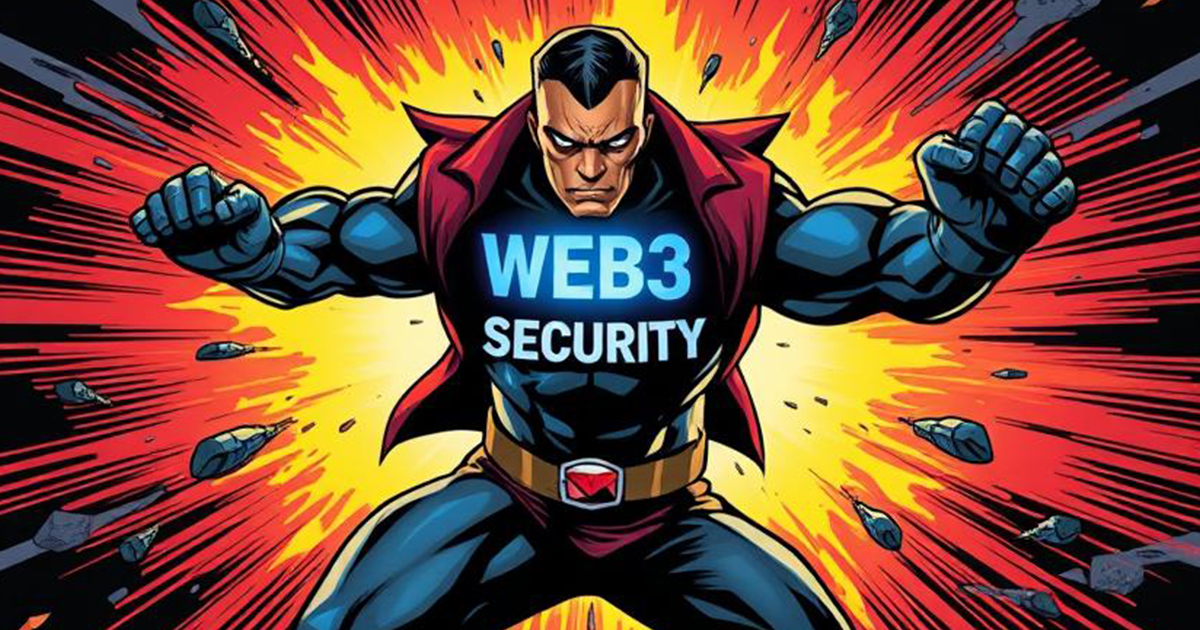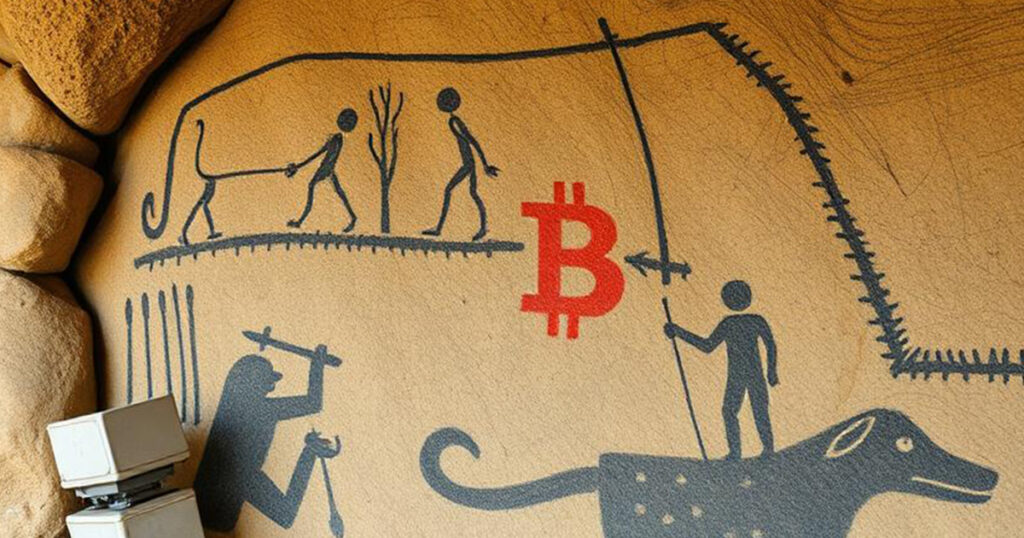The Complete Guide to Web3 Security: Protecting Your Digital Assets from Fraud and Wallet Drains
The decentralized web offers incredible opportunities, but only to those who prioritize security.
The world of Web3 and blockchain technology has opened up revolutionary possibilities for financial sovereignty, digital ownership, and decentralized applications. However, this innovation has also attracted sophisticated bad actors—in 2023 alone, over $4.5 billion was lost to crypto-related scams, with investment fraud comprising the majority of these losses. Understanding Web3 security is no longer optional; it’s essential for everyone participating in this digital ecosystem.
In this comprehensive guide, we’ll explore the evolving threat landscape of Web3 and provide actionable strategies to protect your digital assets, including how emerging technologies like AI agents can bolster your security posture.
Understanding the Web3 Threat Landscape
Before implementing protections, it’s crucial to understand what you’re protecting against. The decentralized nature of Web3 creates unique security challenges that differ significantly from traditional web security. While the underlying blockchain technology itself is notoriously difficult to hack, it’s the interactions with applications built on top and human errors that create vulnerabilities.
Common Types of Blockchain Fraud and Attacks
Wallet Draining: Scammers trick users into approving transactions that automatically transfer assets out of their wallets. This often happens through fake giveaway sites, malicious airdrops, or compromised approvals.
Pig Butchering Scams: Sophisticated long-term cons where scammers build fake relationships to convince victims to “invest” in fraudulent schemes. The FBI reports these have led to billions in losses, with 86% of investment scam losses being crypto-related in 2023.
Smart Contract Exploits: Hackers identify and exploit vulnerabilities in smart contract code to drain funds. The infamous Axie Infinity hack resulted in a $620 million loss, while the DAO hack siphoned off over $60 million.
Phishing Attacks: Fraudsters send deceptive emails or messages designed to steal wallet credentials, often appearing to come from legitimate sources.
51% Attacks: When a single entity gains control of most of a network’s mining power, enabling them to manipulate transactions. This primarily affects smaller blockchain networks.
Table: Common Web3 Attack Vectors and Their Impact
| Attack Type | Target | Potential Impact | Prevention Difficulty |
|---|---|---|---|
| Wallet Draining | Individual users | Complete asset loss | Medium |
| Smart Contract Exploits | dApps, Protocols | Millions in losses | High |
| Phishing | All users | Private key compromise | Low |
| 51% Attacks | Blockchain networks | Transaction reversal | High |
| Pig Butchering | Individual users | Significant financial loss | Medium |

Web3 Security Fundamentals: Your First Line of Defense
1. Private Key and Seed Phrase Protection
Your private keys and seed phrases are the literal keys to your cryptocurrency kingdom. As emphasized earlier, you should never give anyone your backups or phrases.
Best practices include:
Store phrases offline: Write them on physical media (like paper or metal) and store them in secure locations.
Never digitalize: Avoid storing photos or digital copies of seeds and private keys on internet-connected devices.
Use hardware wallets: For significant holdings, hardware wallets provide an air-gapped layer of security by keeping keys completely offline.
2. Wallet Protection Strategies
Implement a “Second Private Wallet”: Maintain separate wallets for different purposes—one for interactions with dApps and another for long-term storage. This limits exposure during routine interactions.
Regularly Monitor and Revoke Permissions: Periodically check what contracts have access to your wallet and revoke unnecessary approvals using tools like Etherscan’s Token Approvals checker.
Verify All Transactions: Always double-check transaction details before signing. Be particularly wary of transactions that request unlimited spending permissions.
3. Transaction Safety
Verify Addresses Manually: Scammers use address generators to create similar-looking addresses. Always verify the full address, not just the first and last few characters.
Beware of Unfamiliar Links: Avoid clicking suspicious links in emails, Discord, or Telegram. Scammers often pose as customer support to steal credentials.
Don’t Rush Transactions: Fraudsters often create time pressure. Legitimate transactions rarely require immediate action. For significant transfers, consider implementing protocols that include voice confirmation and test transactions.
Advanced Protection Strategies
 Multi-Signature and Business Protection
Multi-Signature and Business Protection
For businesses and high-value individuals, additional security layers are non-negotiable.
Implement Multi-Signature Wallets: These require multiple approvals before executing transactions, preventing single points of failure. As highlighted, “always have a second signer if you’re running a business.”
Adopt the Principle of Least Privilege: Limit wallet access based on roles and responsibilities. Not everyone in your organization needs full wallet access.
AI Agents as Signers
The concept of AI agent signers represents the cutting edge of Web3 security. AI agents are autonomous software entities that use artificial intelligence to perform tasks on the blockchain with minimal human input. These can serve as additional verification layers in several ways:
Transaction Monitoring: AI agents can analyze transactions in real-time, flagging suspicious patterns that might indicate compromise.
Risk Assessment: Advanced algorithms can evaluate the risk level of smart contracts before you interact with them.
Automated Security Protocols: AI systems can implement pre-defined security rules, such as limiting transaction sizes or requiring additional verification for unusual activities.
Companies like Olas are pioneering user-owned AI agents that can act as co-signers, while platforms use specialized AI networks for security monitoring across various blockchain ecosystems.
Succession and Emergency Planning
The concept of a “timer email” to trusted contacts is a form of digital succession planning—an often-overlooked aspect of Web3 security that ensures your digital legacy is protected.
Effective implementation includes:
Secure secret sharing: Use encrypted methods to share necessary access information with trusted parties.
Clear instructions: Provide detailed guidance on how to access assets and what to do in case of emergency.
Legal considerations: Ensure your planning complies with local regulations and clearly establishes authorization.
 The Role of AI Agents in Web3 Security
The Role of AI Agents in Web3 Security
Beyond serving as signers, AI agents are revolutionizing Web3 security through several innovative approaches:
1. Proactive Threat Detection
AI-powered systems use sophisticated algorithms to detect fraudulent patterns before exploits occur. Their AI engines analyze blockchain data in real-time, identifying risks and potentially blocking malicious transactions automatically.
2. Transaction Monitoring and Compliance
Know Your Transaction (KYT) tools leverage AI to monitor blockchain transactions for suspicious activities, helping businesses comply with anti-money laundering regulations while protecting users. Platforms like TRM Labs and Chainalysis provide blockchain intelligence that identifies illicit activities and scam networks.
3. Intelligent Trading and Portfolio Management
AI agents can execute complex trading strategies while incorporating security protocols. Some platforms use networks of specialized AI agents for trading, with dedicated “Risk Manager Agents” that automatically close positions if security thresholds are breached.
4. Continuous Learning and Adaptation
Unlike static security systems, AI agents learn from new data and evolving attack vectors, constantly improving their detection capabilities. This is particularly valuable in the fast-moving Web3 environment where new threats emerge regularly.
Additional Essential Security Measures
Security Audits and Penetration Testing
Regular Smart Contract Audits: Professional security audits can identify vulnerabilities in smart contract code before deployment.
Blockchain Penetration Testing: Simulated attacks on your blockchain infrastructure reveal weaknesses that need addressing.
Blockchain Analytics Tools
Leverage blockchain intelligence platforms like Chainalysis or TRM Labs to screen wallet addresses and identify potential risks before transacting.
Education and Awareness
Stay Informed: Follow reputable security sources to learn about emerging threats.
Team Training: Ensure anyone in your organization with wallet access understands security best practices.
Customer Education: If you run a Web3 business, educate your users about security measures.
Building a Comprehensive Web3 Security Culture
 Technical solutions alone aren’t sufficient—developing a security-first mindset is crucial in the Web3 space. This means:
Technical solutions alone aren’t sufficient—developing a security-first mindset is crucial in the Web3 space. This means:
Assuming skepticism: Question offers that seem too good to be true.
Verifying independently: Always confirm information through official channels.
Embracing transparency: The open-source nature of Web3 allows for community scrutiny of projects.
Planning for succession: As highlighted with the “timer email” concept, prepare for emergencies to protect your digital legacy.
Conclusion: Security as the Foundation of Web3 Adoption
Web3 represents a fundamental shift toward individual sovereignty and digital ownership, but this freedom comes with increased responsibility. As the ecosystem matures, security practices must evolve beyond basic protections to include advanced strategies like AI monitoring, multi-layered verification, and comprehensive succession planning.
The future of secure Web3 interaction will likely involve a combination of human oversight and AI augmentation—where intelligent systems handle routine monitoring and threat detection while humans make strategic decisions. By implementing the practices outlined in this guide, you’re not just protecting your assets; you’re helping build a more secure and sustainable foundation for the entire Web3 ecosystem.
Remember: In the decentralized world, you are your own bank—and with that power comes the responsibility to implement enterprise-level security for your digital assets.
Additional Resources
Chainalysis: Blockchain intelligence platform for investigating illicit activities.
TRM Labs: Fraud prevention and compliance tools for blockchain.
IBM Blockchain Security: Enterprise blockchain security best practices.
OKX Security Guide: Practical wallet protection strategies.
Disclaimer: This article provides educational information about Web3 security practices. Always conduct your own research and consider consulting with security professionals for your specific circumstances.


